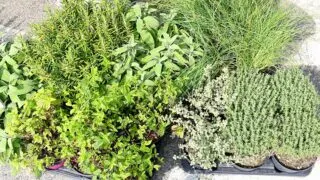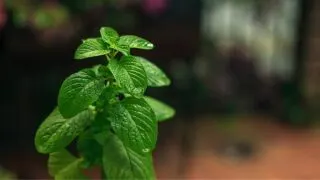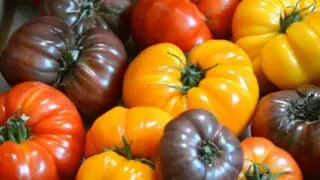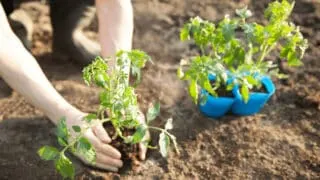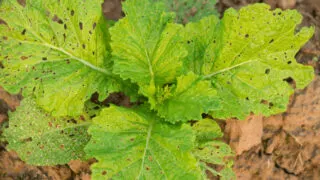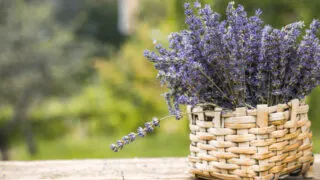In this article, I write about growing a dogwood tree. The Dogwood tree, also known as Cornus florida, belongs to the United States. It is an understory tree. These trees, therefore, prefer partial shade. No full sun. Its different varieties can be found in almost every state of the country. While some trees are shrubs, others …
Gardening
Sage companion plants are plants that can be grown along with sage. Companion planting refers to planting different plants together to avail a multitude of benefits. Companion planting has several advantages, as it can attract insects and pollinators. Companion plants repel insects and prevent pest infestations. They enhance the fertility of the soil. Moreover, large-sized …
Mint plants can sometimes prove harmful as they compete with other plants for the necessary nutrients. They spread quickly, and their tubers and roots might harm other plants. Hence, it’s best to plant them in their pots whenever possible. However, some plants can grow safely as mint companion plants. Mint companions not only remain safe …
Different types of sage plants – What is sage, and how many types of sage are there? A sage plant belongs to the Lamiaceae family. The scientific name of sage is Salvia Officinalis, according to Winsconsin Horticulture. Sage plants are hardy and can adapt to the changes in the environment and survive. Due to this, …
Indeterminate tomatoes keep developing and produce fruit during the growing season and are commonly referred to as vine tomatoes and cordon tomatoes. Due to this, they continue to expand and get much bigger, and you may either stake their branches for extra support or just let them lay on the soil or ground. Until the …
You are reading this article because your mint leaves are turning yellow. Mint leaves belong to the Lamiaceae family. This family consists of more than 7000 species, according to the University of Florida. When mint leaves are yellowing, something might be wrong. Mint Leaves Turning Yellow Mint leaves can turn yellow because of inadequate …
When to Plant Tomatoes In Pennsylvania? Tomato plants require much attention and optimum conditions like temperature, pH, humidity, etc. Depending on where you live, you might have to plant tomatoes at different times for optimal results. When to Plant Tomatoes In Pennsylvania (PA)? The perfect time to plant tomatoes in Pennsylvania is the end of …
Do Deer Eat Petunias? Petunias are popular flowering plants. This genus contains 20 species that originate from South America. They belong to the Solanaceae family, according to Palomar College. They are best known as perennials and are primarily found in USDA hardiness zones 10 and 11. Petunias prefer growing in areas receiving 5-6 hours of …
What is eating my plant leaves? Gardening may be frustrating, especially when pests keep attacking your plants. You see the damage, but often you don’t know immediately who did it. Many garden pests love munching on plants and are especially fond of fruits and vegetables. If something’s been nibbling on the plants in your garden, …
Does your lavender plant look as though it’s dying? Don’t give up! Reviving it may be just a matter of making a small change. How to Revive a Dying Lavender Plant Lavender plants can be damaged by fungus, pests, overwatering, or incorrect conditions. If your plant is dying, you may need to treat it …


